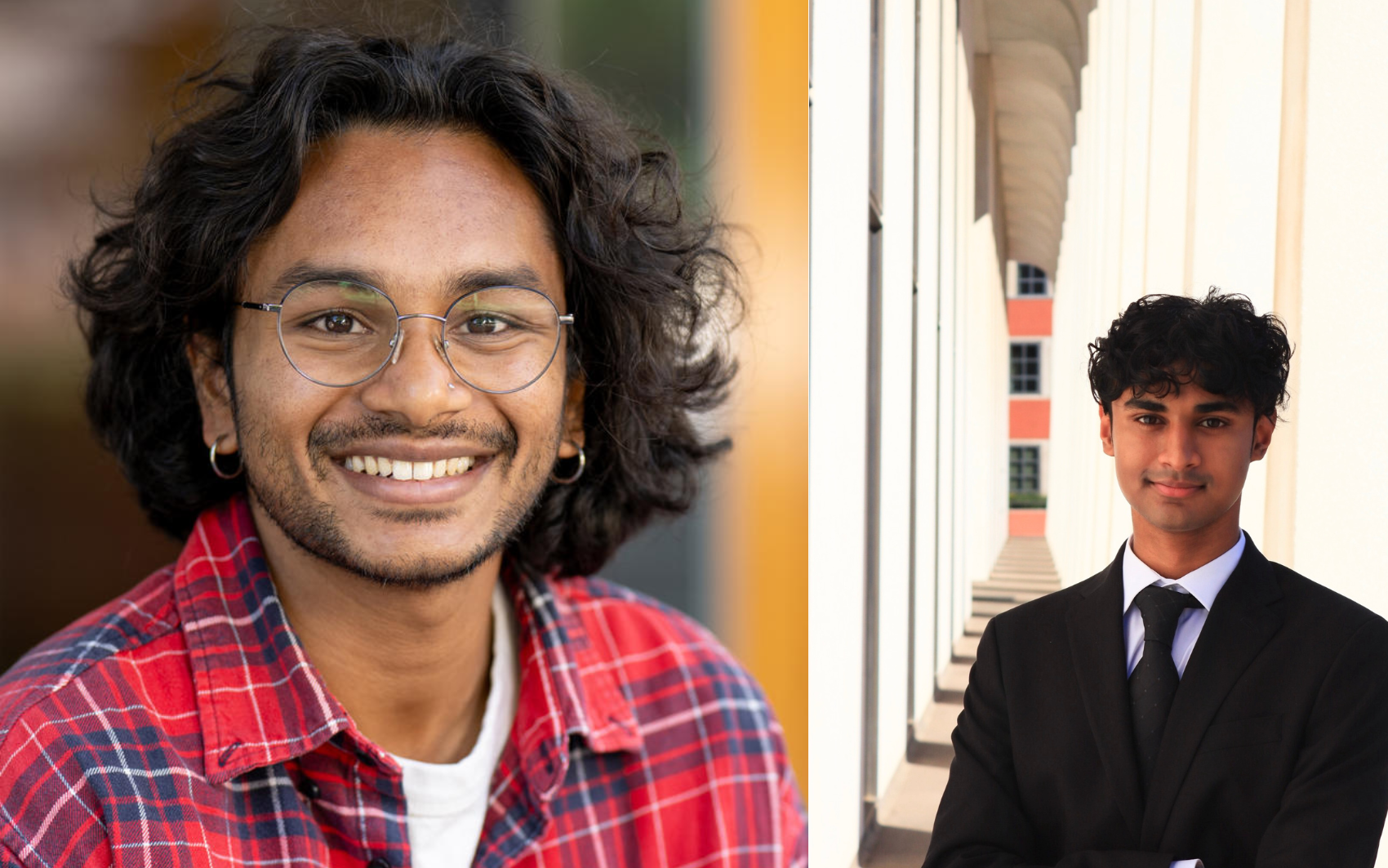
Varun Satish is a Ph.D. student in demography at Princeton University. His current projects include using language models to study the life course, and using machine learning to uncover shifting perceptions of social class in the United States over the last 50 years. Satish is originally from Western Sydney, Australia. Princeton undergraduate Jason Persaud ‘27 recently sat down with Satish to discuss his interdisciplinary interests, how sport inspires his work, and some advice for students.
Jason Persaud: Could you begin by telling us a little bit about yourself and some of the work that you do here at the CITP?
Varun Satish: Hello, my name is Varun. I’m a fourth-year Ph.D. student affiliated with CITP and the Office of Population Research. Some of my research that I’ve done here with people at CITP is about essentially taking large language models and using them to solve classic problems in the social sciences. So people generally use language models for things like text classification or summarization. What we’re trying to do is take these models and use them for finding patterns in social data.
Jason: Could you talk a little bit more about some of those problems in that sociology sphere that you use language models to study?
Varun: A bunch of researchers essentially showed that life outcomes – for example, predicting someone’s GPA at age 15 when given information about them at age 9 – is really hard to predict. There is a lot of social variation to life than we’re trained to think, but we don’t know what the sources of those unpredictabilities are. There are two ways to think about it. One of them is that there is fundamental unpredictability in the things we try to learn about. The other is that we haven’t designed the right tools to actually predict these outcomes.
Because we don’t really know about the sources of unpredictability, one thing we’re trying to do is develop new approaches to prediction to see if we can do better. If using new approaches and using new data results in higher accuracy, it’s an indication that maybe it’s a vote for or against this hypothesis – that it’s just fundamental variation in the data. And so what we’ve been trying to do, and what we have done, is use language models to do that.
We haven’t yet shown that it’s done better than the classic approaches – but the amount of time we’ve spent developing this approach compared to how much time has been spent developing the classic approaches is very different.
Jason: Okay, cool. On that note, could you tell us a little bit about some of the projects you’re currently working on right now?
Varun: The project that I’ve worked on the most with people at CITP was developing this language model approach to predicting life outcomes. And this is a crazy story – but we participated in this challenge, which people familiar with Kaggle-style competitions might recognize; same evaluation metrics, same data – people competing to produce the most accurate model.
We participated in one of these using administrative data from the Netherlands to predict fertility. So, using data up to 2020, predicting whether people would have a child between 2021 and 2023.
What this entailed was going to the Netherlands for three months, and we developed this approach; our approach was essentially to take this complex administrative data, turn it into text summaries that we call “books of life,” and then fine-tune a large language model to do this prediction of the outcome.
And we named the model after Johan Cruijff, an iconic Dutch footballer. Even this notion of taking the recipe and changing the ingredients is very much in line with Johannes Cruijff’s total football – and his philosophy served as the backbone of our intellectual inspiration.

Jason: No, I think that’s really cool. I like the inspiration – or I guess, the allusion to the soccer players. Okay, on a different note, you’re from Australia, right? How has that shaped the questions that you ask or seek to answer in your research?
Varun: That is an interesting question. It has in ways that are maybe not as direct as you might think. I would say that coming from Australia, universities there are more fundamentally interdisciplinary because there’s not as much money.
So my tastes and inclinations are obviously interdisciplinary because that’s where I came from. There wasn’t a sociology department at Sydney Uni or a demography department at Sydney. Places are far more where people from different perspectives come together to work on different things.
And so I think that’s really impacted my work. But also, because I didn’t go to university in the U.S., the types of questions that I find interesting are different because I just haven’t been socialized to what’s considered interesting here. So I naturally gravitate to places like CITP, for example, because that’s where people like that are.
“I think a lot about how research feels creative to me, and creativity often stems from actually just letting go and letting it happen.”
Jason: Obviously, you do a lot of research in terms of predicting outcomes based on data. What has been the most interesting relationship that you’ve studied?
Varun: This is completely separate work, actually. But one of my pieces of research is about trying to understand perceptions of class in the United States.
So if you ask people whether they’re lower, working, middle, or upper class – what predicts that? What accounts for the variability in that? What I found is that over time, even though people are not worse off in material terms – they have the same amount of money – they’re far more likely to identify as working class or lower class.
And this isn’t something that’s happened recently; it’s the result of a longer process over 50 years. I don’t think that means those people are wrong. What’s actually been happening is that people with college degrees have much higher incomes.
So what’s happening is that, to me, we have these stories about inequality in the U.S., but what I found using predictive models is that you can actually see how it’s shaping people’s perceptions in the data.
As people at the higher end of the attainment hierarchy earn more and more money, people who aren’t at that higher end – even though they’re not classically considered “worse off” – still feel the effects of the shifting income distribution.
Jason: Lastly, what advice would you give to undergrad students who are interested in the work that you’re doing right now?
Varun: As someone who studies predictability, what I’ve learned is that most things are unpredictable. And so you should just relax. If you’re an undergrad: things will work out in ways that you don’t realize, and your path will be very winding. I think a lot about how research feels creative to me, and creativity often stems from actually just letting go and letting it happen. And that is very anxiety-inducing, but that is the work.
Most people who are reading this are probably Princeton undergrads – you’re fine. You’re very capable, and you’ll figure it out.
Jason Persaud is a Princeton University junior majoring in Operations Research & Financial Engineering (ORFE), pursuing minors in Finance and Machine Learning & Statistics. He works at the Center for Information Technology Policy as a Student Associate. Jason helped launch the Meet the Researcher series at CITP in the spring of 2025.


Leave a Reply